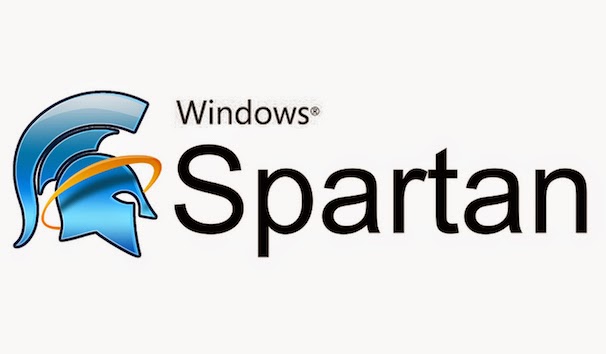32 vs 64 bit
A change from a 32-bit to a 64-bit architecture is a fundamental alteration, as most operating systems must be extensively modified to take advantage of the new architecture. Other software must also be ported to use the new capabilities; older software is usually supported through either a hardware compatibility mode (in which the new processors support the older 32-bit version of the instruction set as well as the 64-bit version), through software emulation, or by the actual implementation of a 32-bit processor core within the 64-bit processor (as with the Itanium processors from Intel, which include an x86 processor core to run 32-bit x86 applications). The operating systems for those 64-bit architectures generally support both 32-bit and 64-bit applications.
64-bit processors calculate particular tasks (such as factorials of large figures) twice as fast as working in 32-bit environments (given example is derived from comparison between 32-bit and 64-bit Windows Calculator; noticeable for factorial of say 100 000). This gives a general feeling of theoretical possibilities of 64-bit optimized applications.
One significant exception to this is the AS/400, whose software runs on a virtual ISA, called TIMI (Technology Independent Machine Interface) which is translated to native machine code by low-level software before being executed. The low-level software is all that has to be rewritten to move the entire OS and all software to a new platform, such as when IBM transitioned their line from the older 32/48-bit "IMPI" instruction set to 64-bit PowerPC (IMPI wasn't anything like 32-bit PowerPC, so this was an even bigger transition than from a 32-bit version of an instruction set to a 64-bit version of the same instruction set).
While 64-bit architectures indisputably make working with large data sets in applications such as digital video, scientific computing, and large databases easier, there has been considerable debate as to whether they or their 32-bit compatibility modes will be faster than comparably-priced 32-bit systems for other tasks. In x86-64 architecture (AMD64), the majority of the 32-bit operating systems and applications are able to run smoothly on the 64-bit hardware.
Sun's 64-bit Java virtual machines are slower to start up than their 32-bit virtual machines because Sun has only implemented the "server" JIT compiler (C2) for 64-bit platforms.[9] The "client" JIT compiler (C1), which produces less efficient code but compiles much faster, is unavailable on 64-bit platforms.
It should be noted that speed is not the only factor to consider in a comparison of 32-bit and 64-bit processors. Applications such as multi-tasking, stress testing, and clustering (for high-performance computing), HPC, may be more suited to a 64-bit architecture given the correct deployment. 64-bit clusters have been widely deployed in large organizations such as IBM, HP and Microsoft, for this reason.
kredit: wiki


Comments
Post a Comment